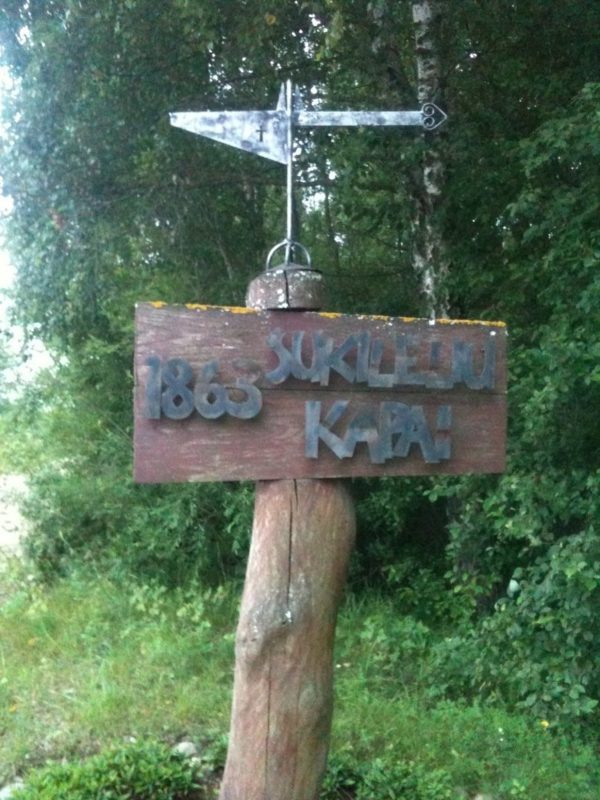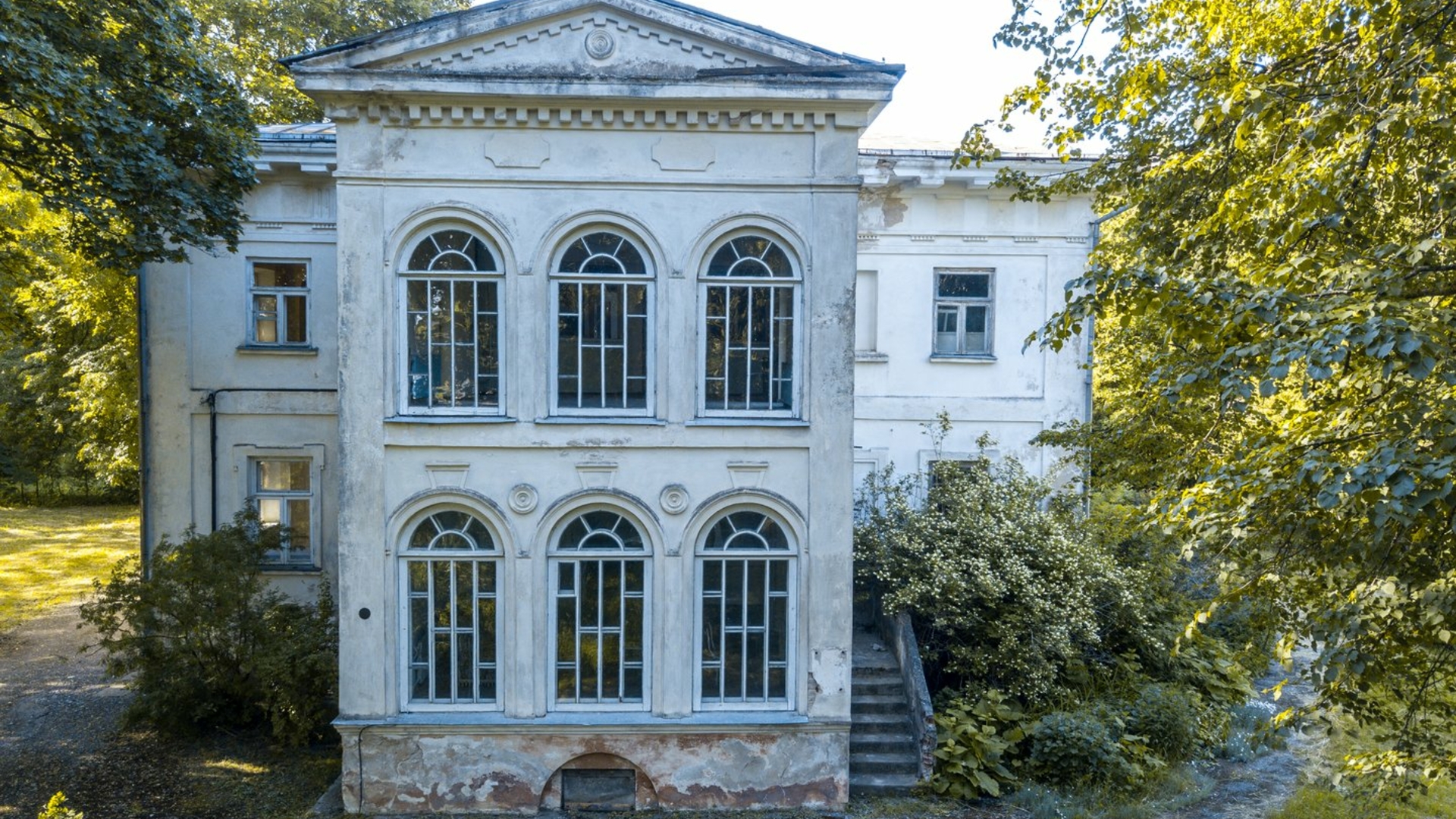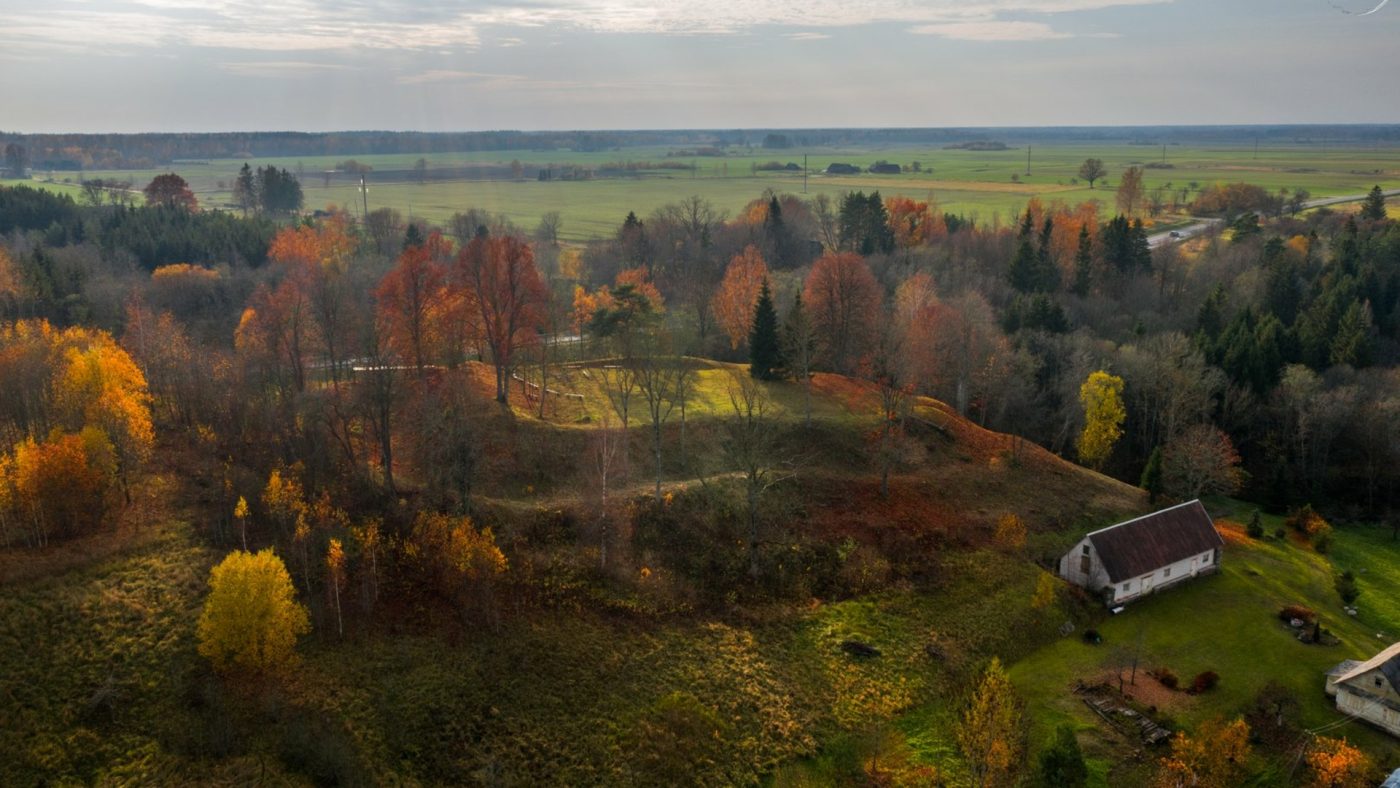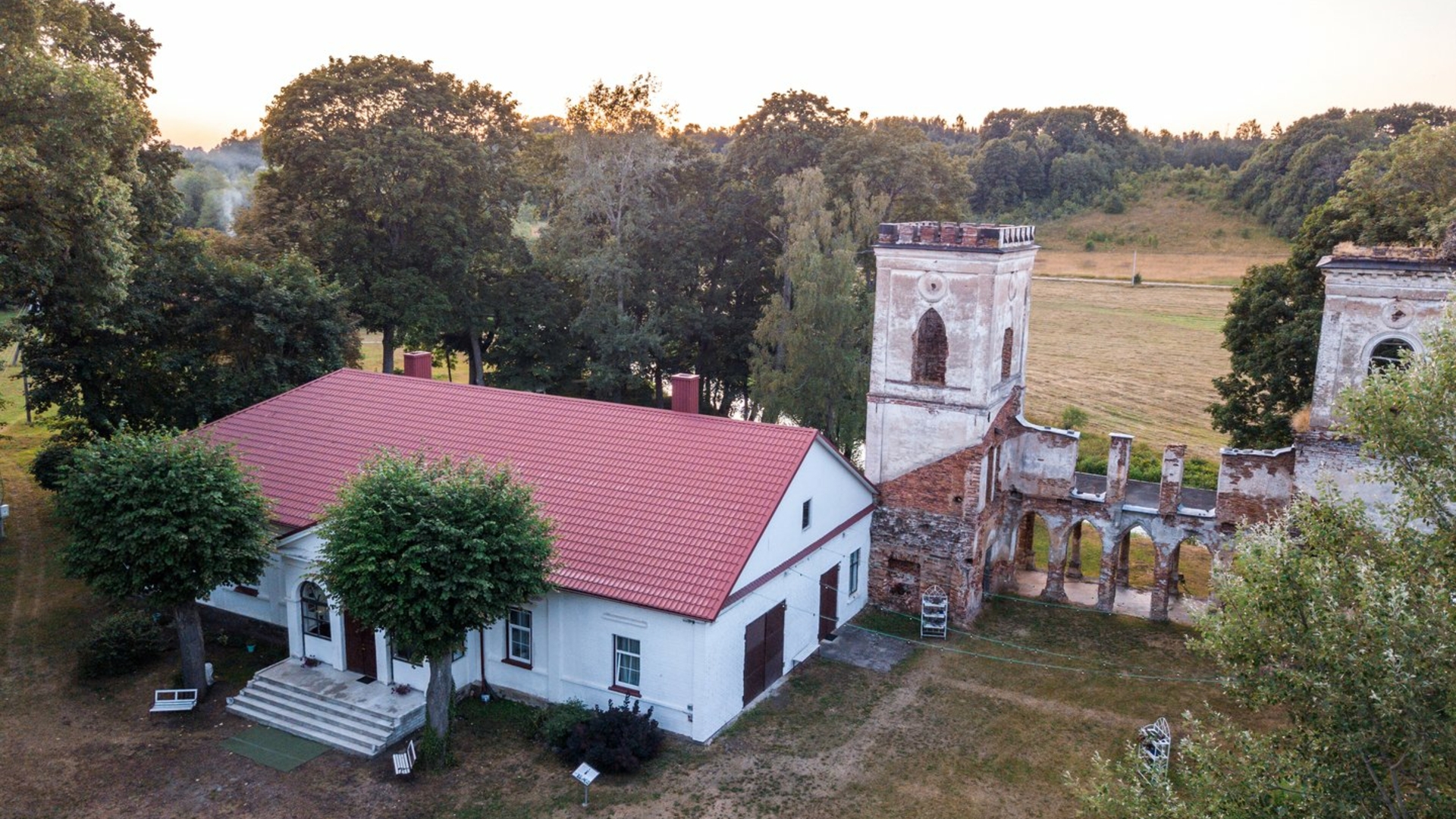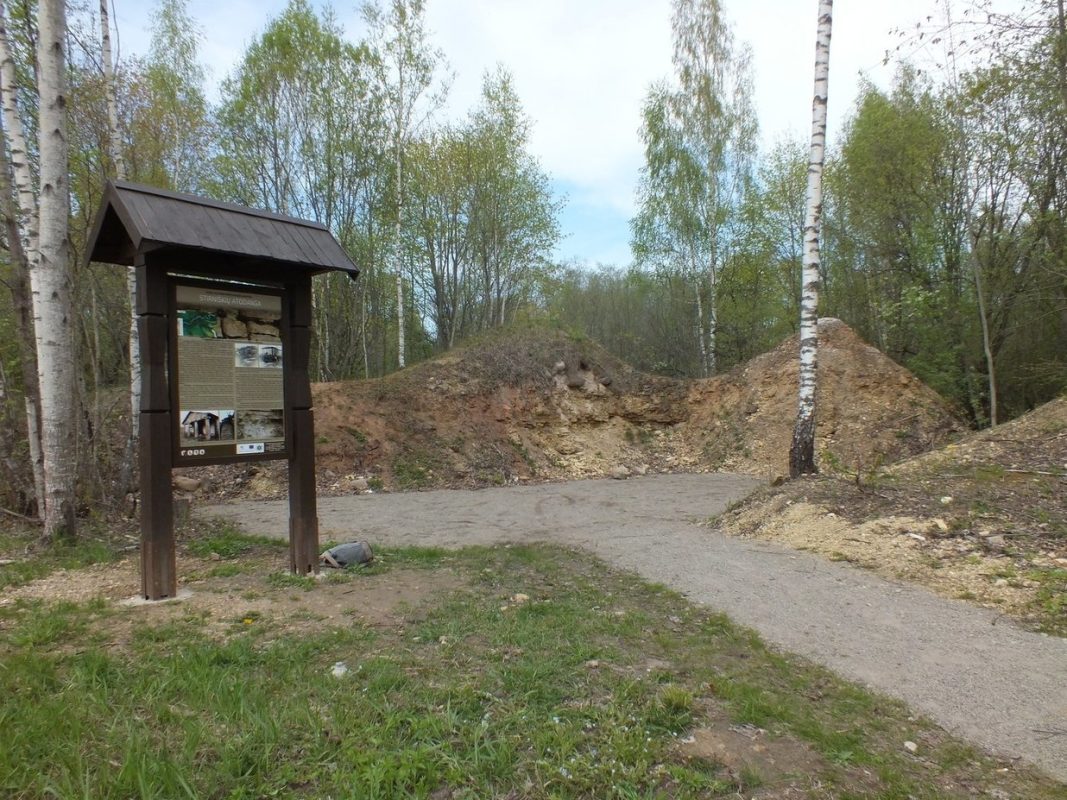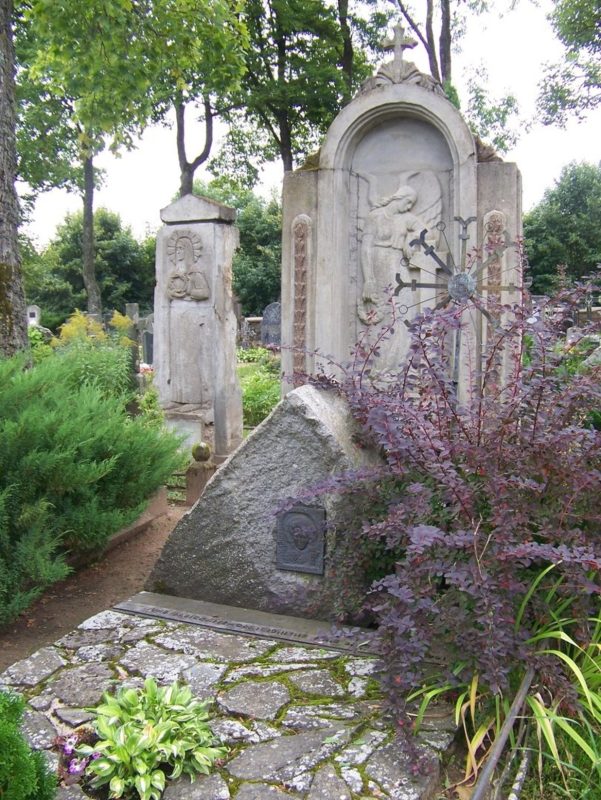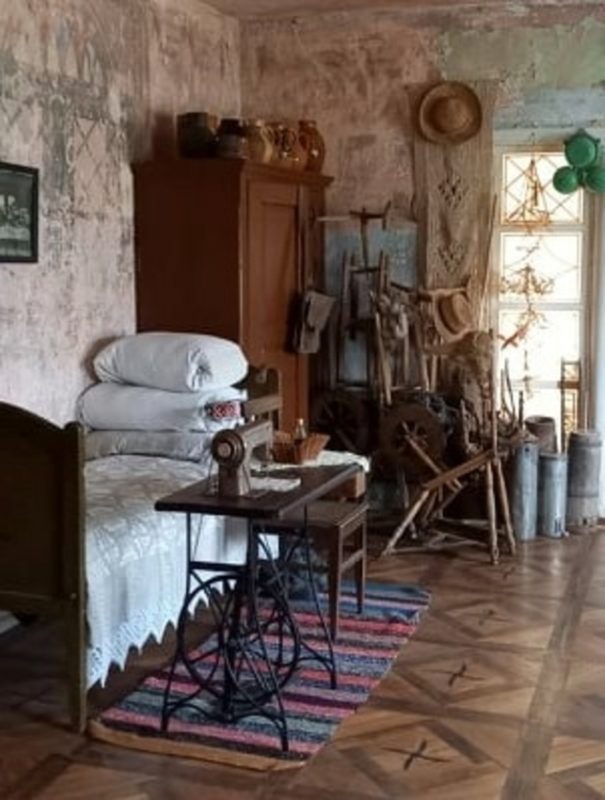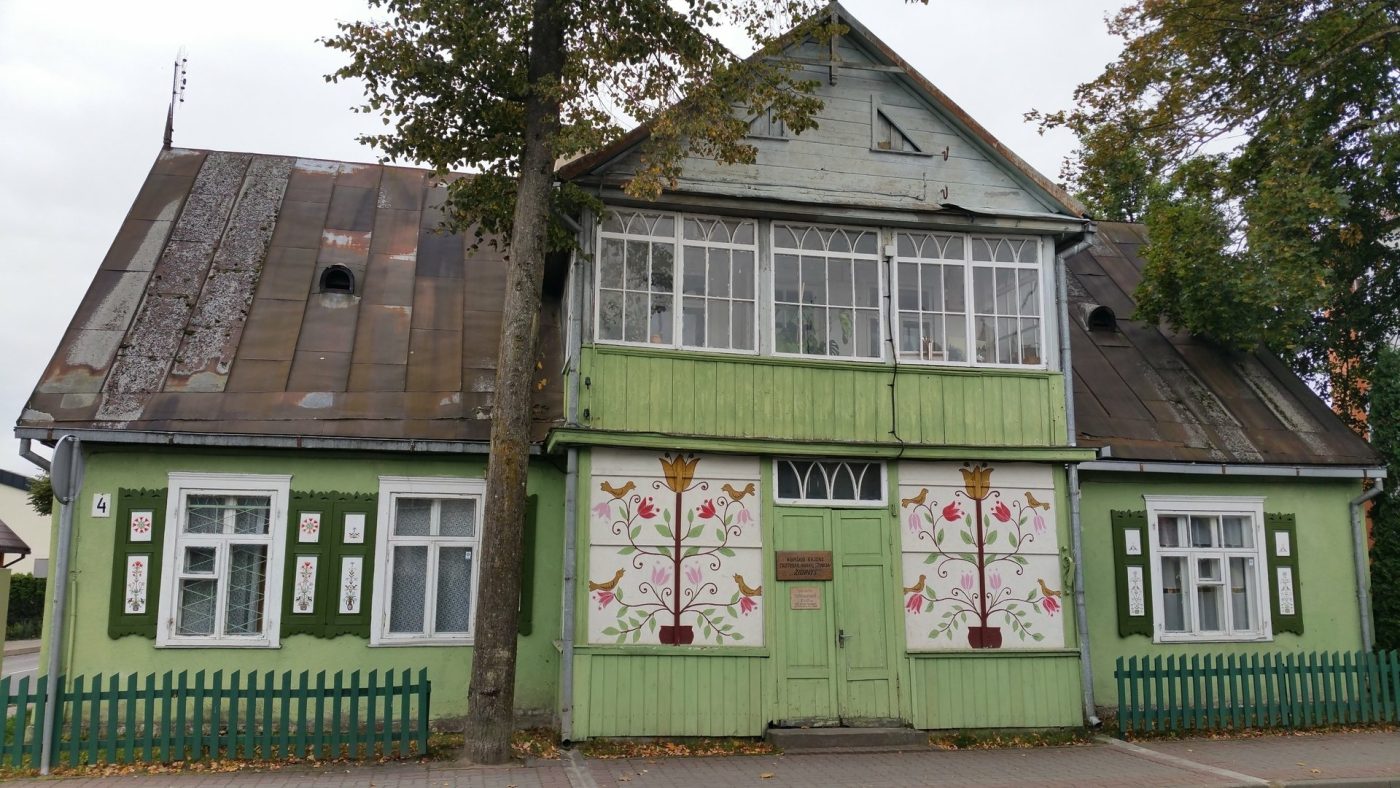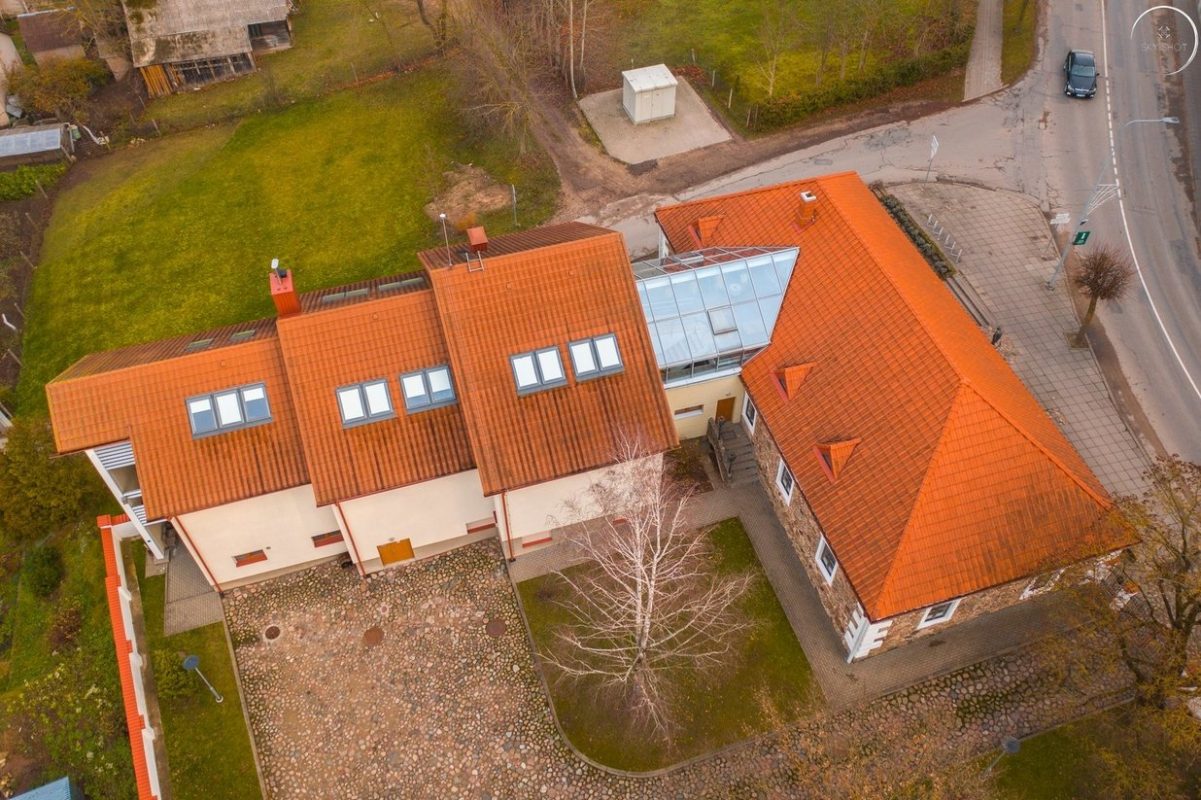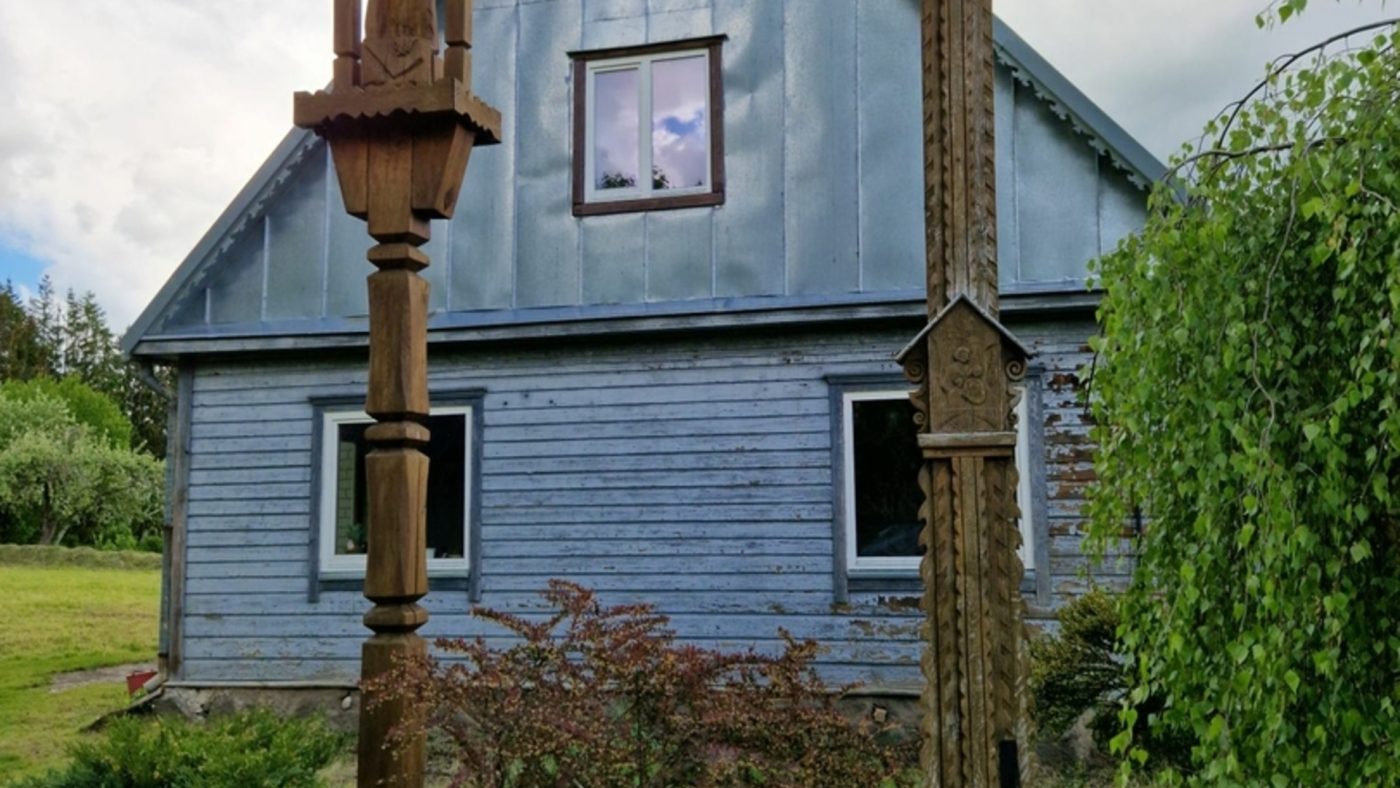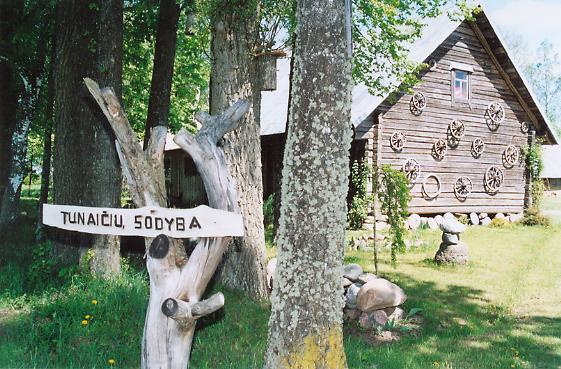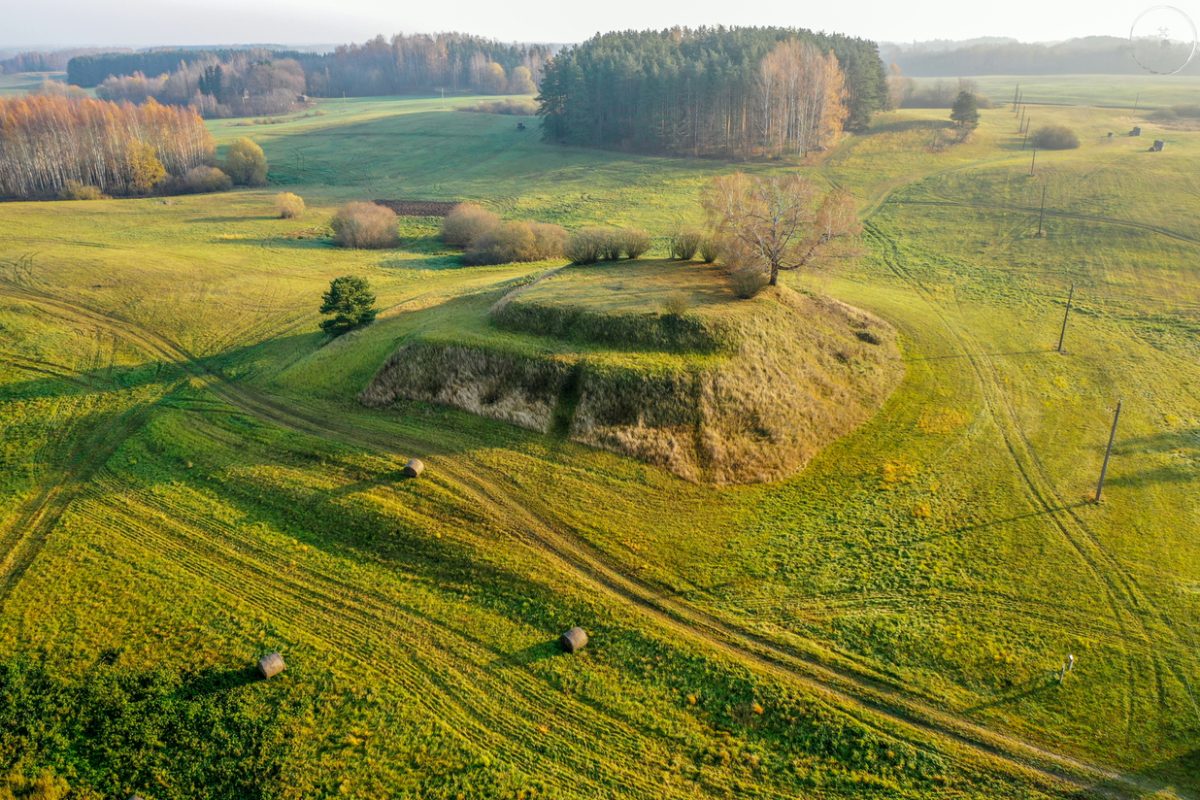




























Gaigaliai Hillfort

130

0

1
The Gaigaliai Hillfort, dating to the late 1st millennium BC to the 1st millennium AD, lies northeast of Gaigaliai village near the Šepeta Bog. First described by Ludwik Krzywicki in the early 20th century, it was later studied by Petras Tarasenka (1943) and the Lithuanian Institute of History (1969).
In 1980, archaeological investigations uncovered remnants of an ancient settlement at the hillfort's base, including clay spindle whorls and handmade pottery with pinched ornamentation. These artifacts are preserved at the National Museum of Lithuania. Research in 1989 revealed a protective ditch and wooden fortifications once surrounding the site.
Known as "Gaidžiokalnis," the hillfort is linked to legends of rooster crowing. Declared a cultural monument in 1998 and a state-protected site in 2005, it remains a key part of Lithuania's heritage.
Explore the Gaigaliai Hillfort and immerse yourself in the rich history of ancient Lithuania.
Spotted an error? Let us know
Whats new?

Three impressive Baltic seaside spots: Olando Kepurė, Veczemē Cliffs, Pakri Cliffs

Discover Tallinn Old Town with MyTravis: a medieval spirit that surprises you at every step

Women's hike through the mystery of the fog from Ginučiai Hillfort to Ladakalnis

The first women’s hiking club hike in Marcinkonys: nature’s beauty, legends, and togetherness in Dzūkija

Nature Trails in the Pärnu Region: A Journey Through Estonia’s Natural Treasures

Šiauliai Chestnut Alley – a place where dozens of chestnut trees bloom

Kulautuva – the Pearl of the Nemunas Shore: What to See and Do?

Kauko Stairs in Kaunas – Woven with Myths and Natural Beauty


 Entertainment
Entertainment
 Sightseeing
Sightseeing
 Food establishments
Food establishments
 55.770972, 25.072917
55.770972, 25.072917
 Get directions
Get directions